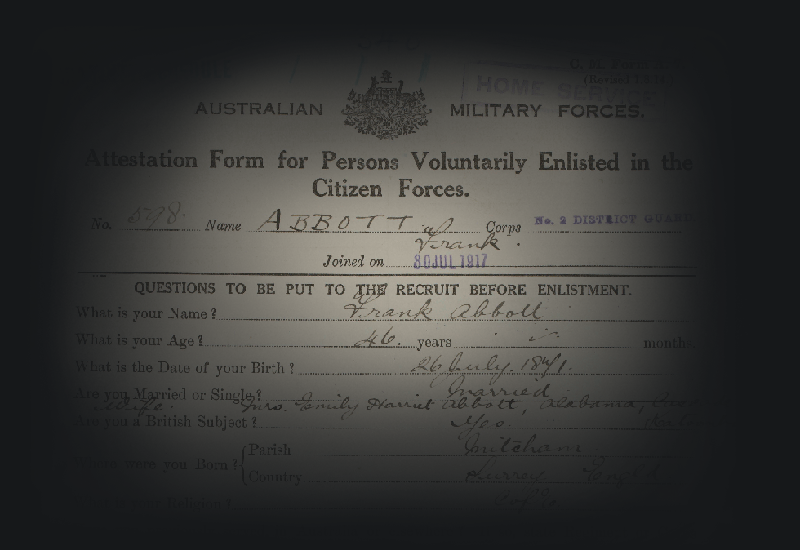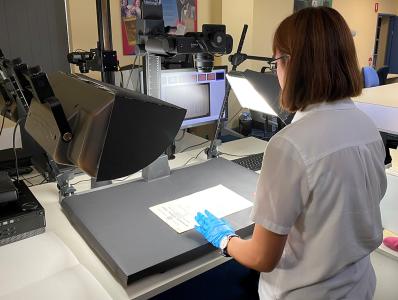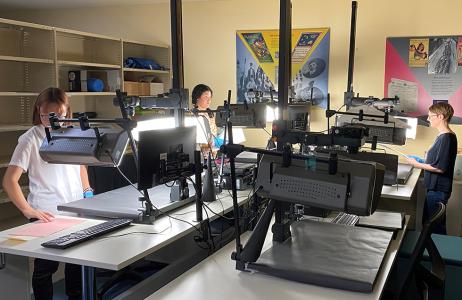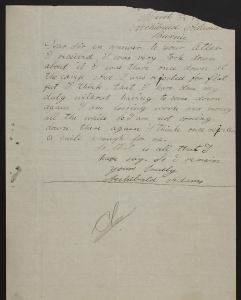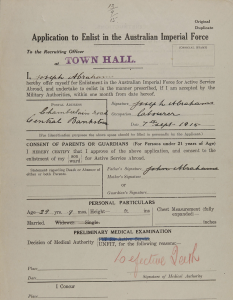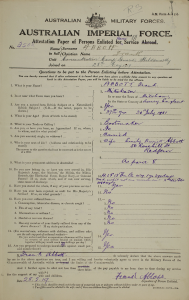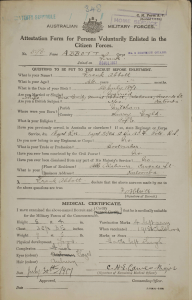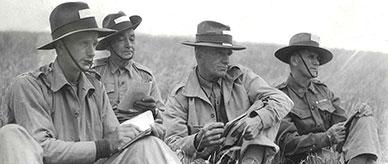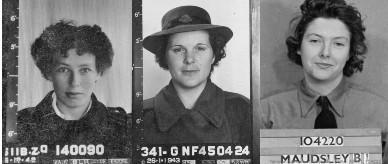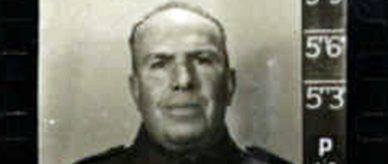Over 400,000 people enlisted to do their part in 'The Great War'. Even more tried to sign up. Unfortunately, enthusiasm wasn’t always a match for the Army’s exacting standards.
Truth or tall tale?
Many families have war stories passed down through generations, but how can you separate fact from legend? Family lore might say Uncle Pete tried to enlist 5 times and was rejected as too short. Or that great-grandad John applied, lied about his age, and was rejected. Stories of flat feet, varicose veins and bad teeth abound. But are these stories true? You could find the answers in series MT1486/1.
Series MT1486/1 contains records of over 95,000 mainly unsuccessful applicants for enlistment in the First Australian Imperial Force. Most were either rejected, discharged while still in training, or only served within Australia. A small handful did go on to successfully enlist, but they are exceptions to the rule. Unfortunately, not all rejected recruits are documented in the series.
The rejection factor
The records contain fascinating details about each recruit and why they were rejected.
For example, Archibald Adams, tried enlisting in 1916, but was rejected for flat feet. He followed up his rejection with a letter stating:
… I think that I have done my duty … I am losing work and money [travelling to enlist] …. I think once rejected is quite enough for me.
In contrast, Joseph Abrahams attempted to sign up 3 times over the course of the war, and was rejected for 3 different reasons. In September 1915 he was rejected for defective teeth. He was rejected again in July 1916 for 'underdevelopment. Finally, in July 1917 he was rejected for having a 'below standards' physique.
Some men outright lied, like Frank Abbott. Frank initially attempted to sign up at the age of 46 in 1917. This made Frank too old to join the AIF. Instead, he was assigned Home Service in Australia as a camp guard. This position entailed guarding 'enemy aliens' interned in camps. In 1919 Frank was discharged from Home Service to join the AIF. He managed this after quietly lowering his age on the application form by 10 years.
Partnering with Ancestry
This series will be of great interest to family historians. To make the records more accessible, the National Archives has partnered with Ancestry to digitise the entire series.
This work began in 2019. Based at the National Archives Victoria repository in East Burwood, Ancestry's digitisation team created 733,481 images. This took 6000 hours of work, interrupted by several COVID-19 lockdowns!
The digital images are now available on the National Archives' RecordSearch database and Ancestry.
Who knows what you will find in MT1486/1 to add to your family's wartime history.
Read more about this project with Ancestry in our media release.

